
Projects
Hessian scientists of various disciplines are using High Performance Computers for their research.

Hessian scientists of various disciplines are using High Performance Computers for their research.
Displaying 1 - 30 of 64

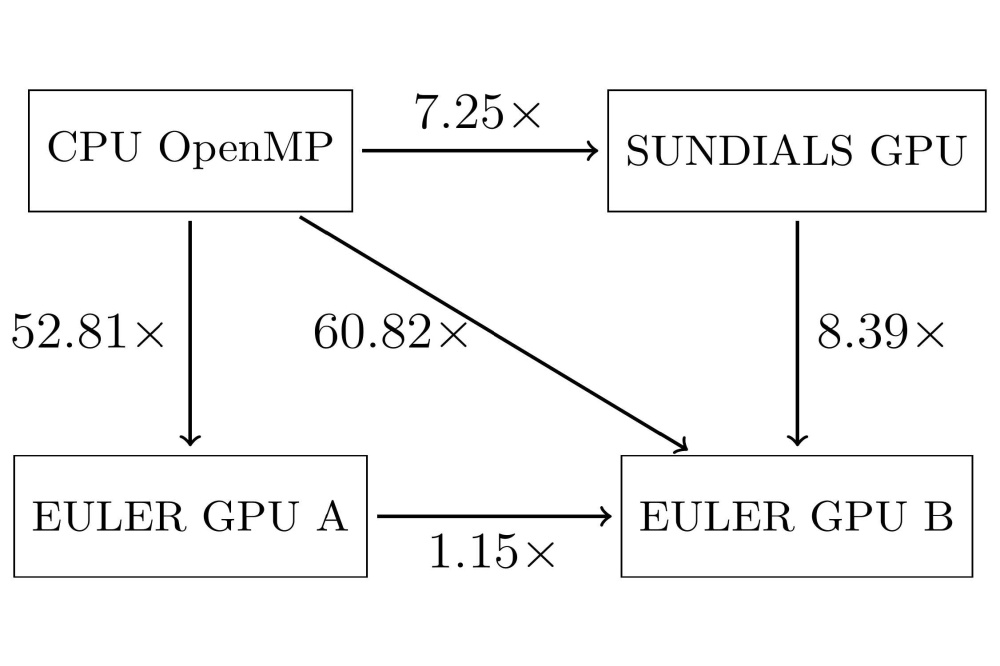
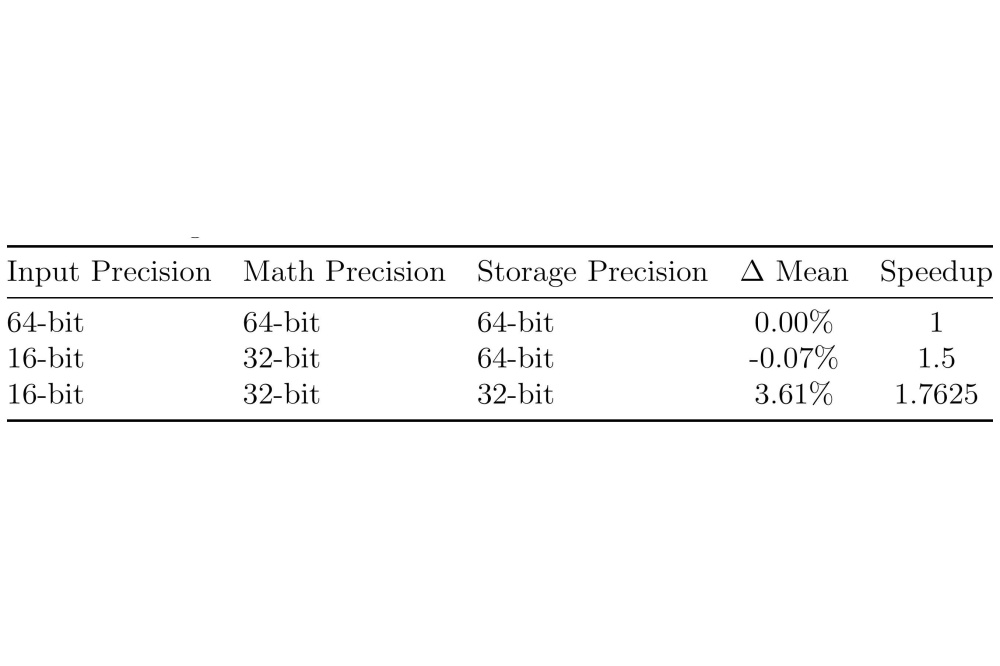
Predicting the lifetime of components designed for very high temperatures is crucial for improving the efficiency and ...

Bayesian observer and actor models have provided normative explanations for many behavioral phenomena in perception ...

Hydrogen has emerged as a crucial element in the pursuit of decarbonization and the transition to a sustainable energy ...
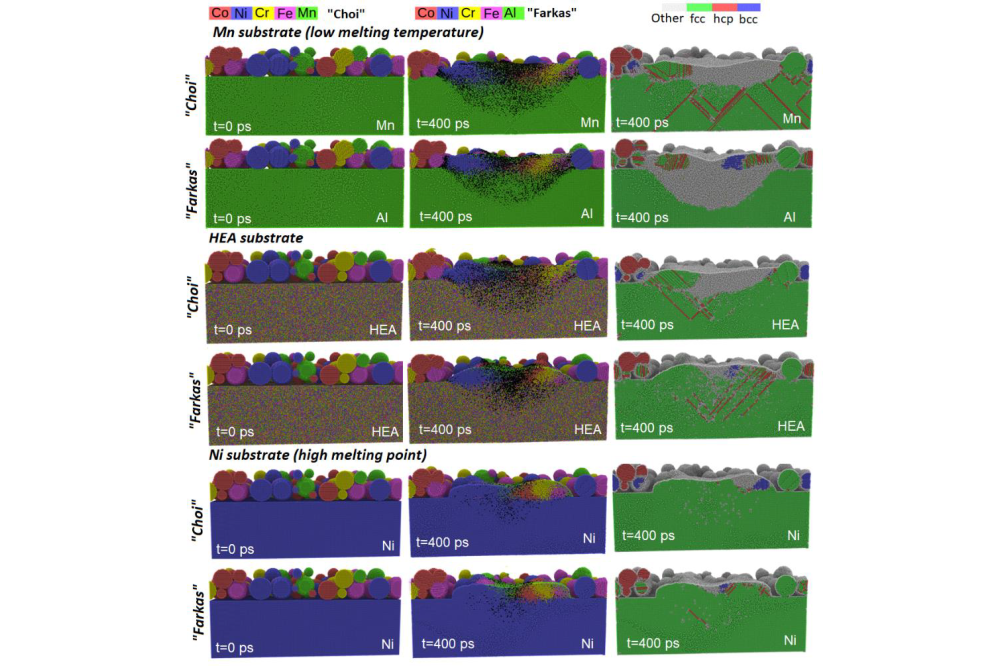
Laser powder bed fusion (LPBF) is an additive manufacturing technology involving a gradual build-on of layers to form a ...
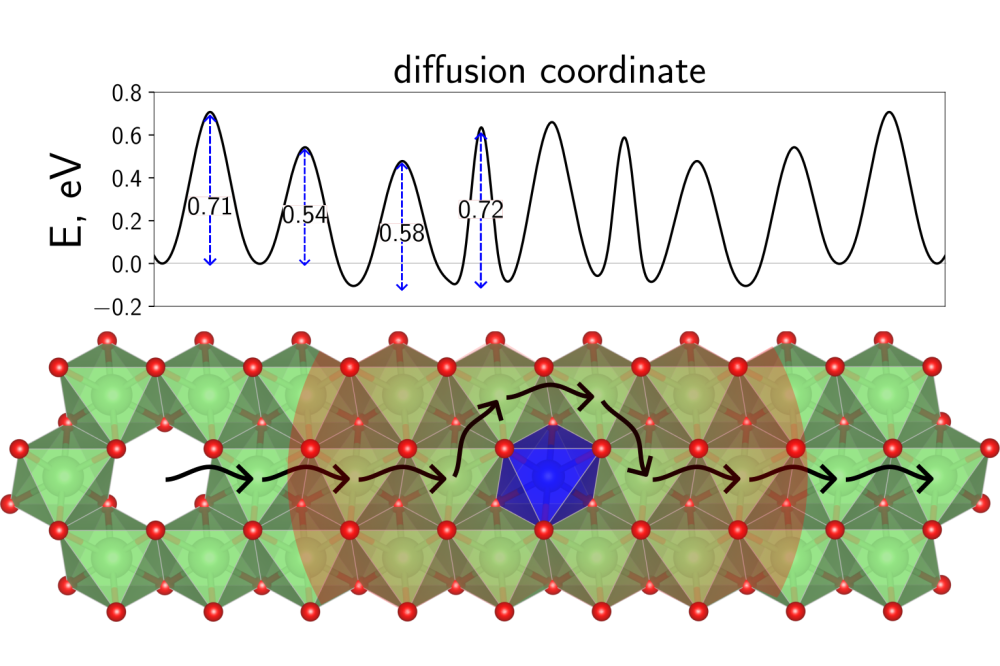
Layered transition metal oxides, derived from the model system LiCoO2, are used as cathode materials in Li-ion batteries ...
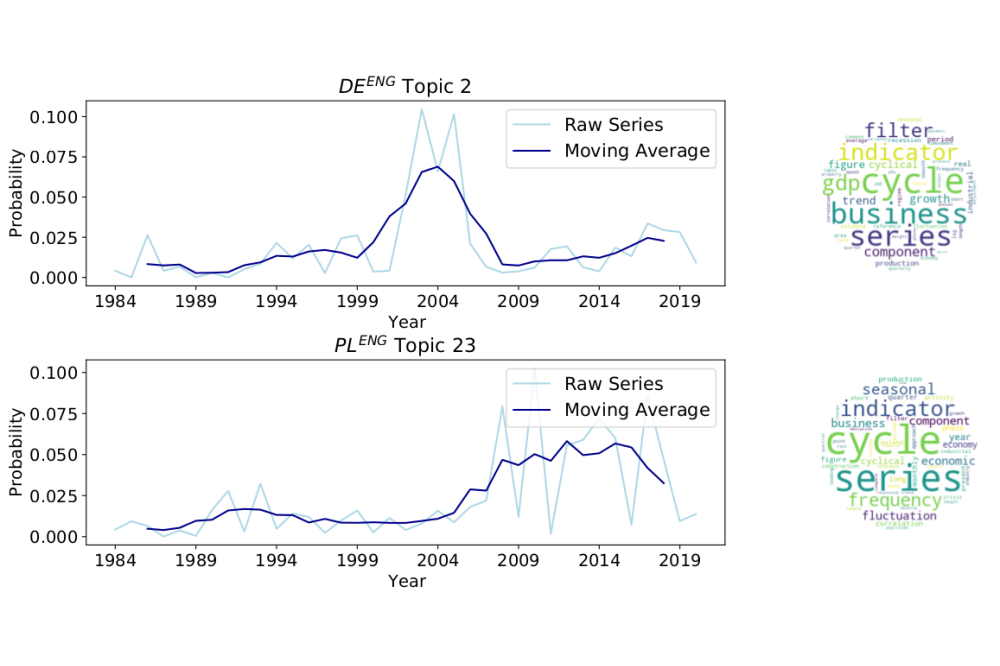
Collections of texts are considered as a valuable source of information for applied economic analysis. Recent ...
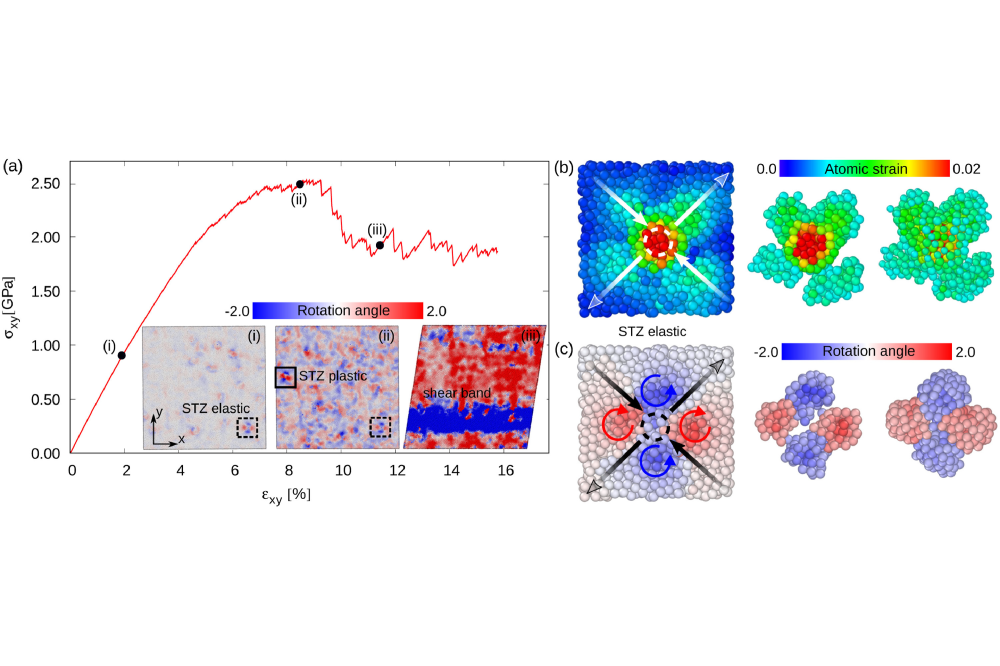
The application of metallic glasses (MGs) is limited by their brittle behavior at room temperature [1]. In order to ...
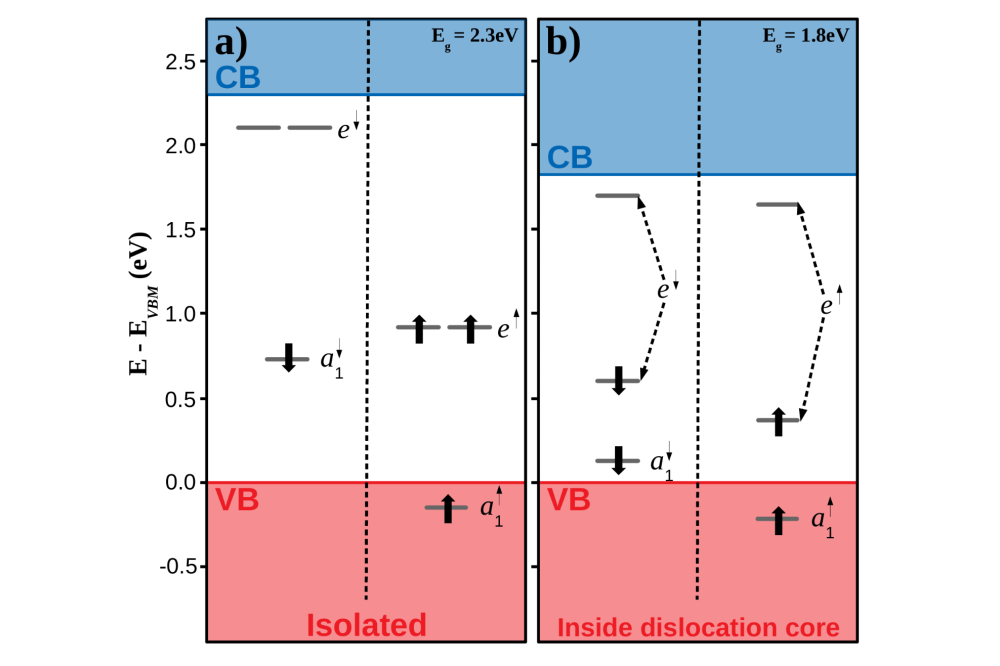
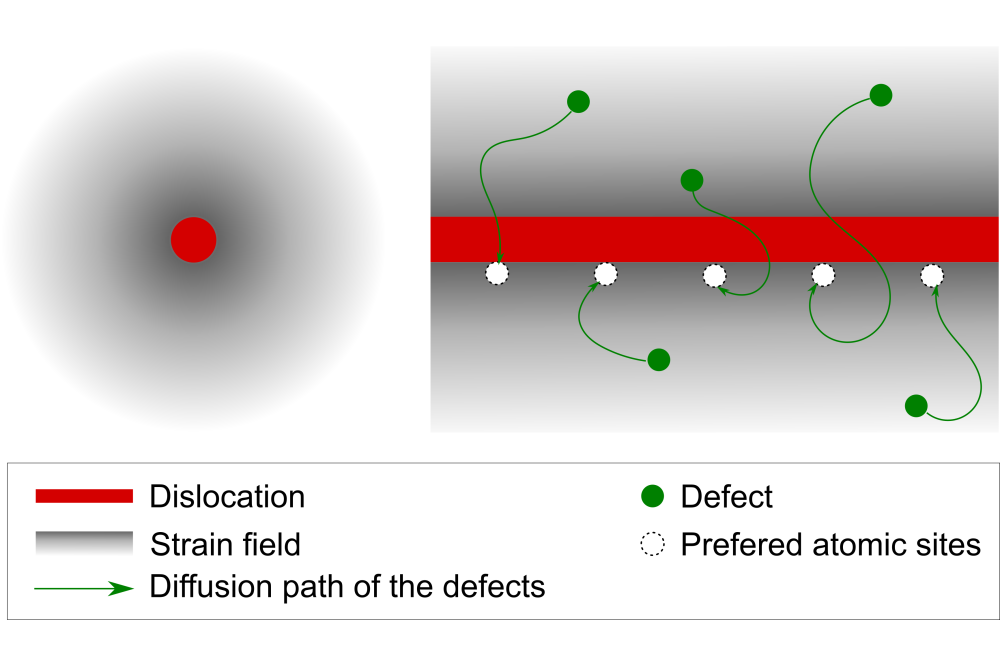
A quantum computer is a device that exploits quantum behavior to solve a computational problem that cannot be tackled ...
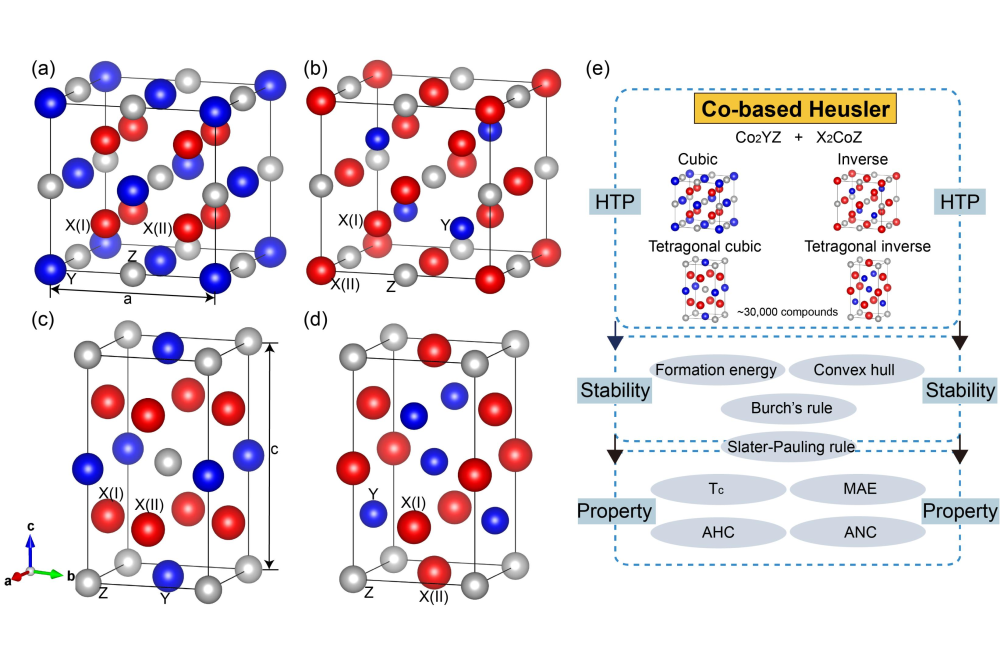
Heusler alloys are a remarkable class of intermetallic materials with a wide spectrum of intriguing physical properties ...
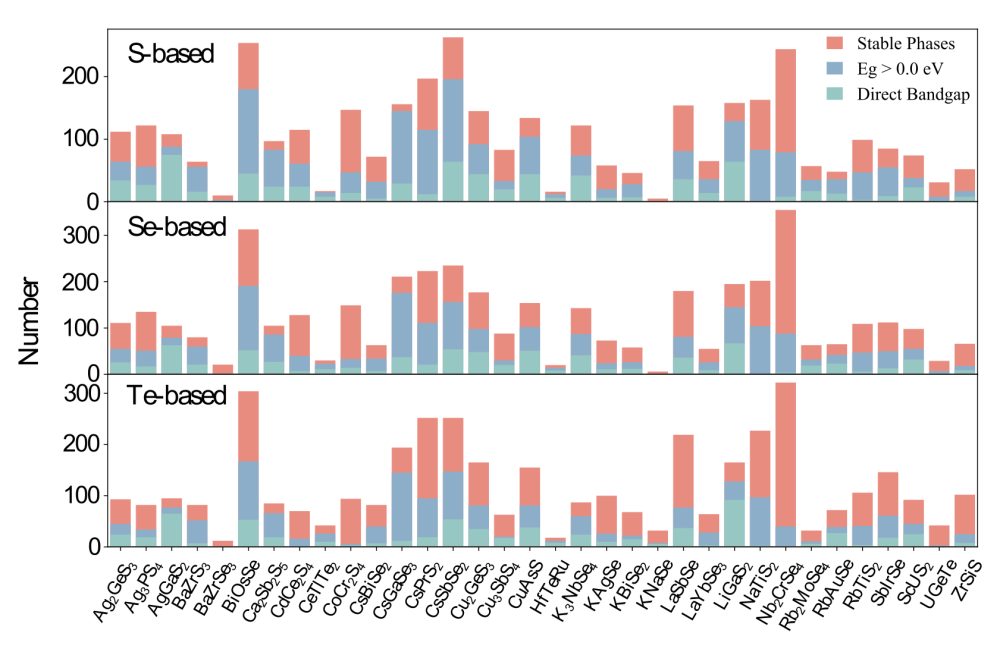
Optoelectronic materials have attracted significant attention owing to the global energy shortage and environmental ...
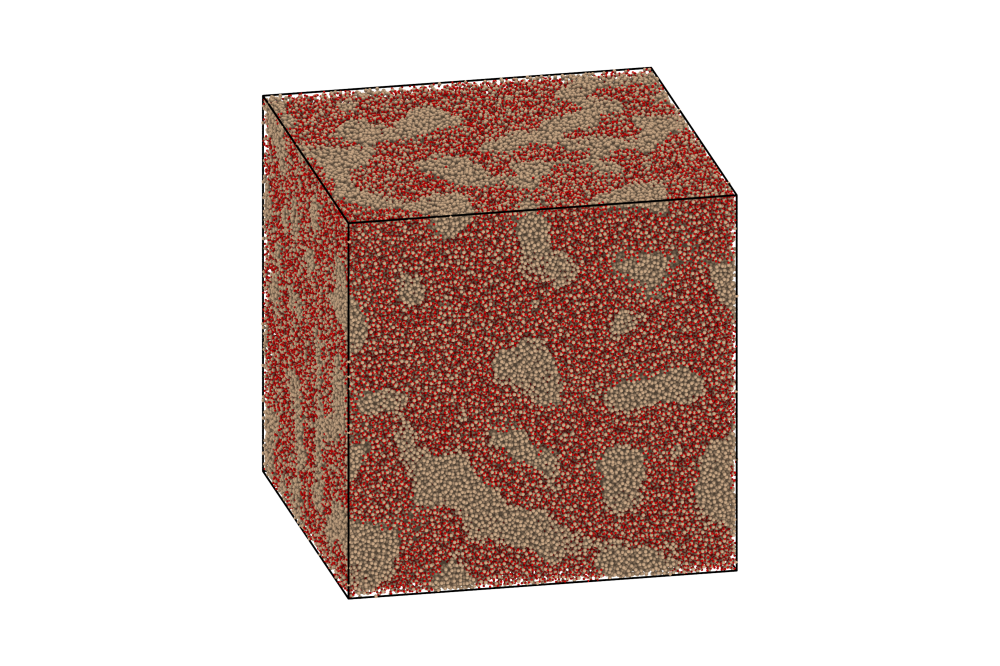
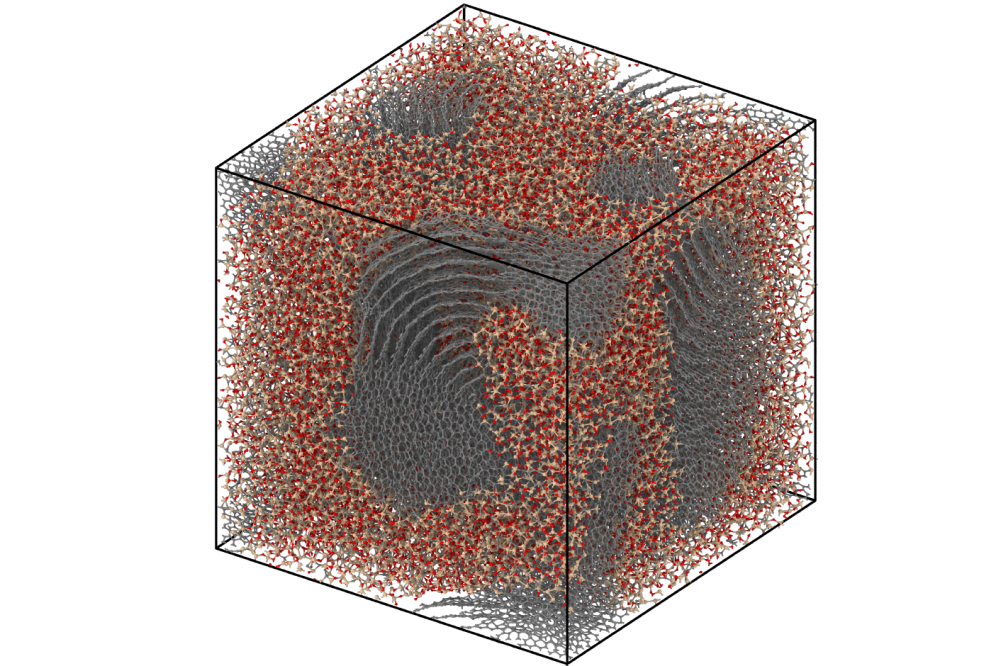
To understand and study complex materials at the atomic level, it is essential to be able to calculate forces and ...
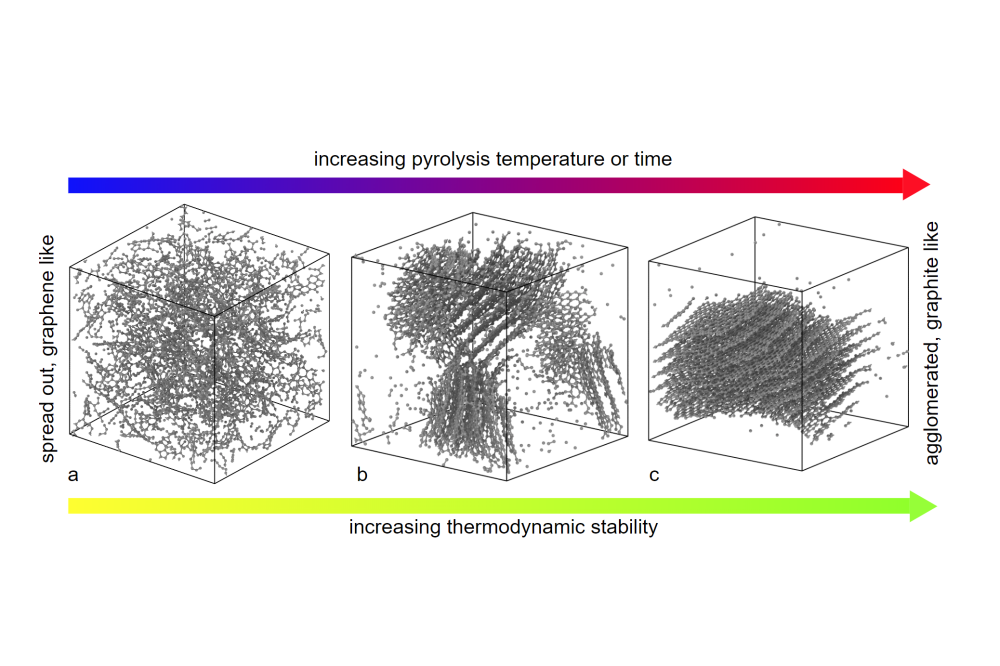
The simulation of materials on the atomistic scale requires a description of interatomic interactions. Quantum ...
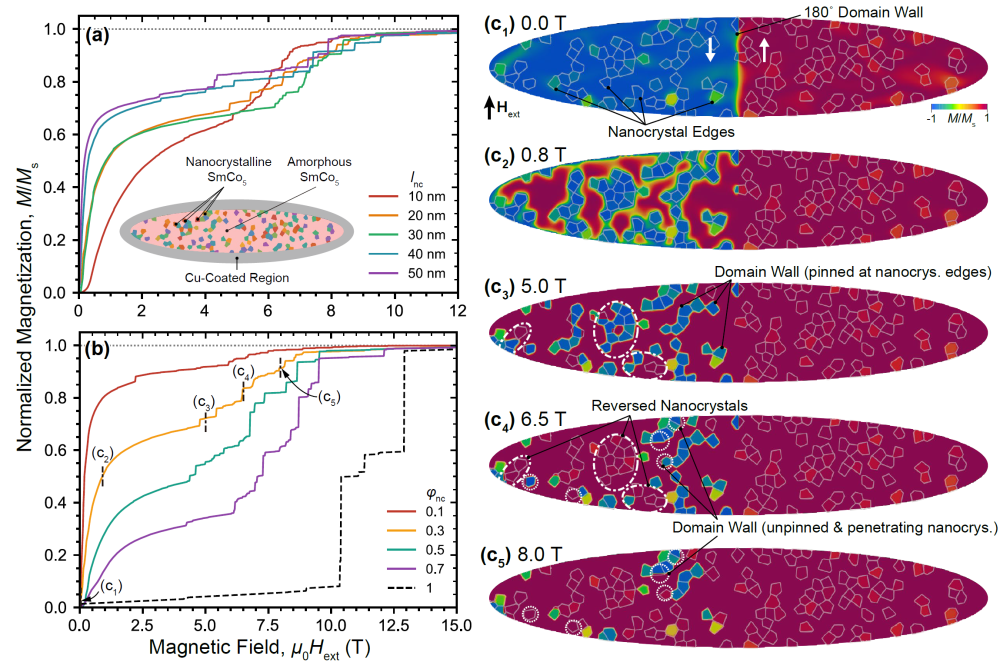

Along with technological advancements, the search for better-performing functional materials is also deepening. Having ...
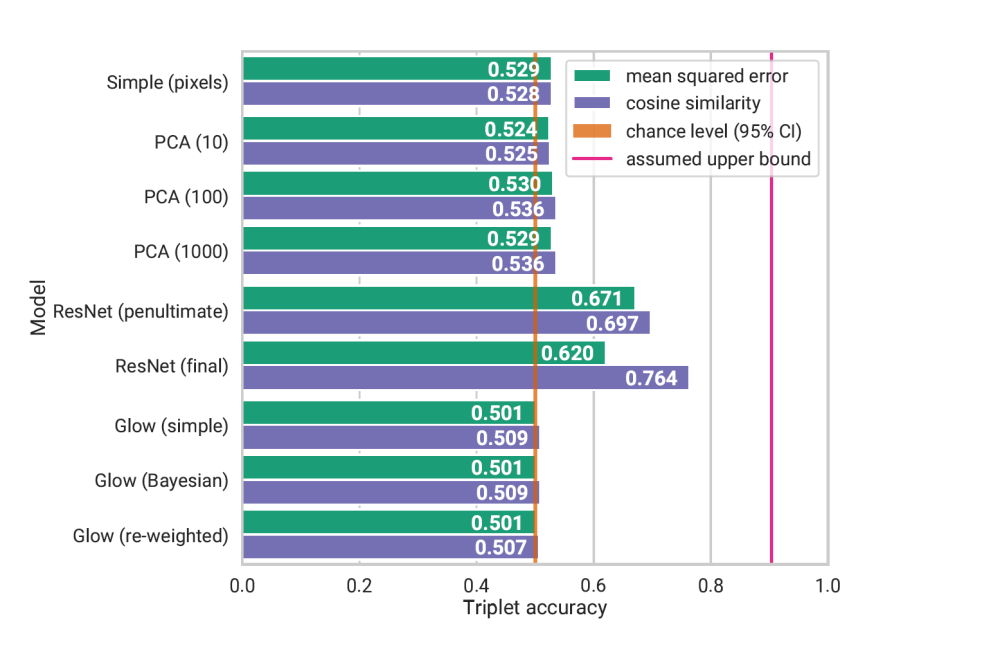
Recent work has shown that deep neural networks are able to predict human similarity judgments with high accuracy (e.g ...
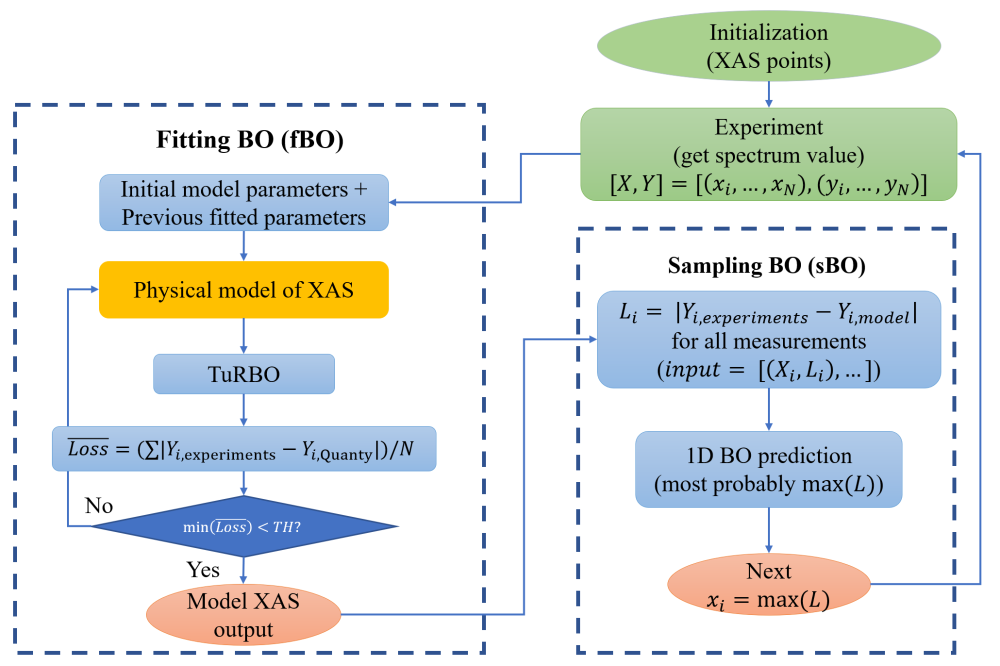
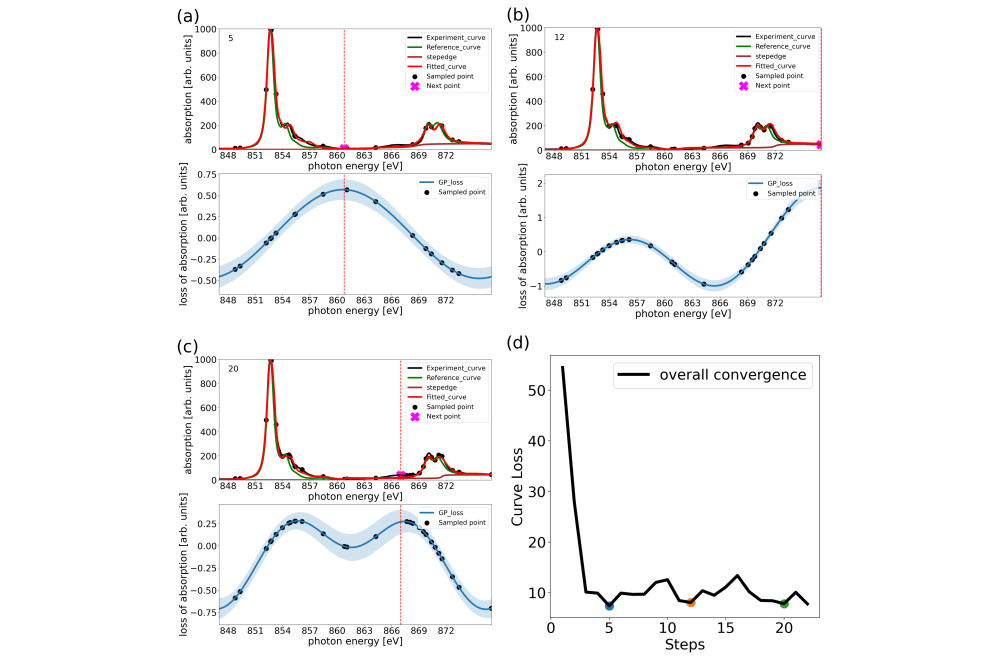
X-ray Absorption Spectroscopy (XAS) is a pivotal technique in material research, requiring numerous sampling points for ...
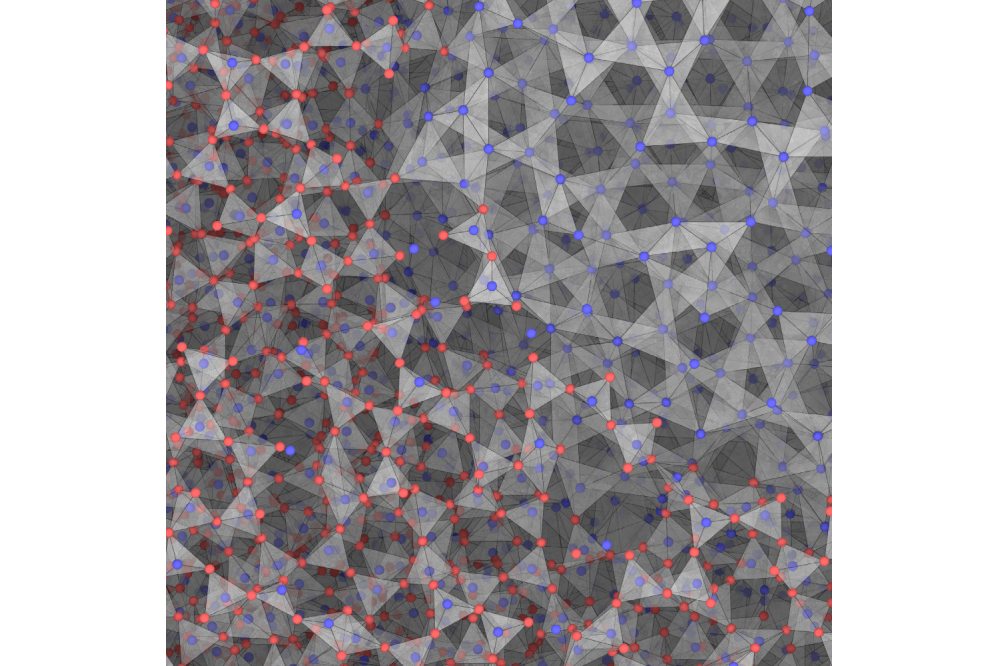
Nowadays, atomistic simulations are becoming more and more important. Due to the increasing availability of ...
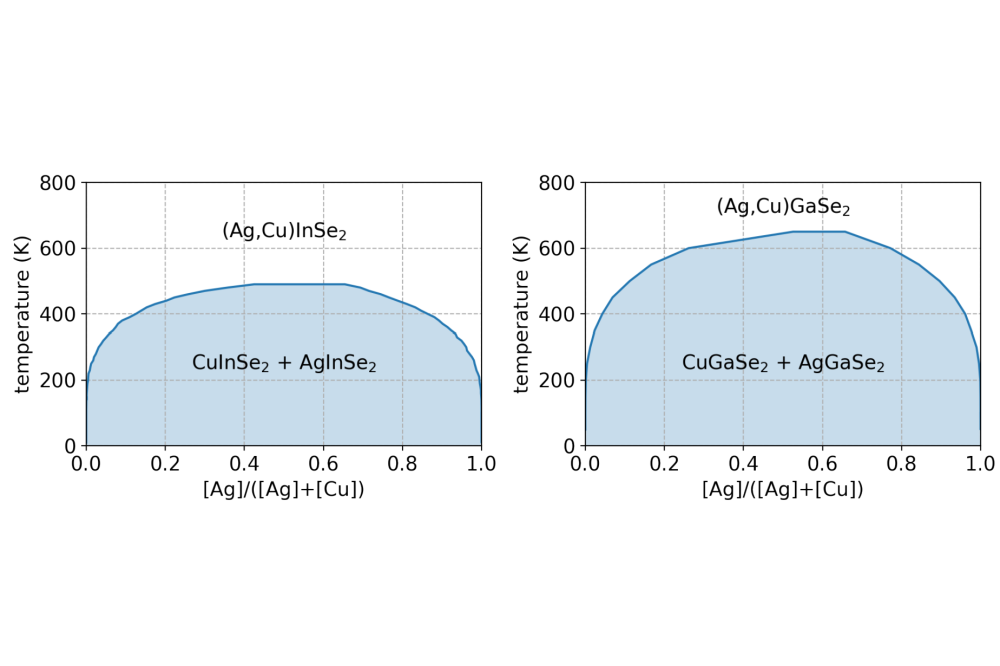
The compound semiconductor system Cu(In, Ga)(S, Se)2 (short: CIGS) forms the basis for the currently most efficient thin ...
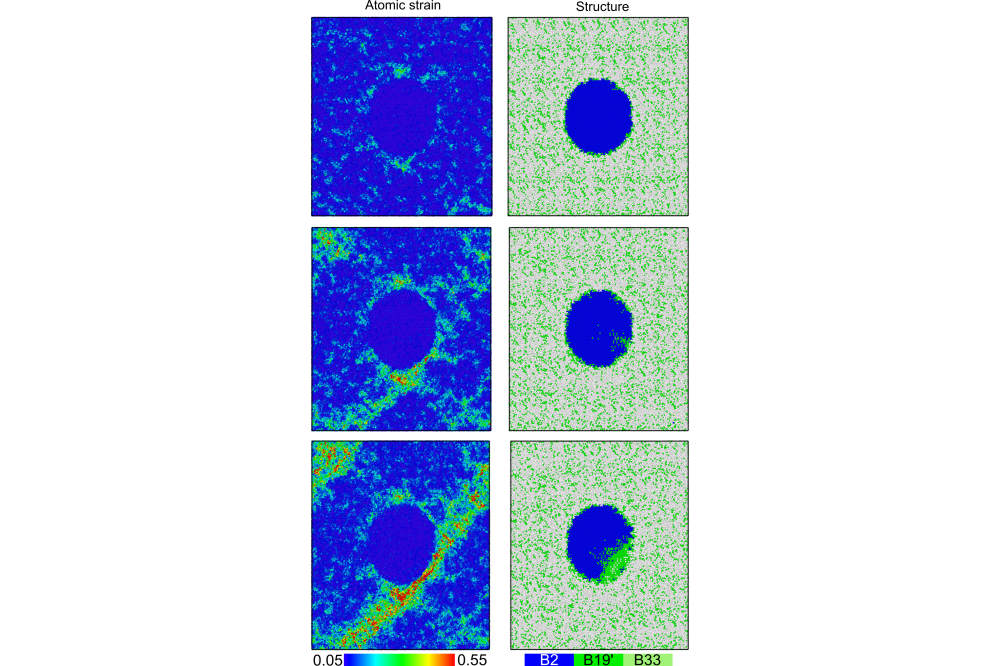
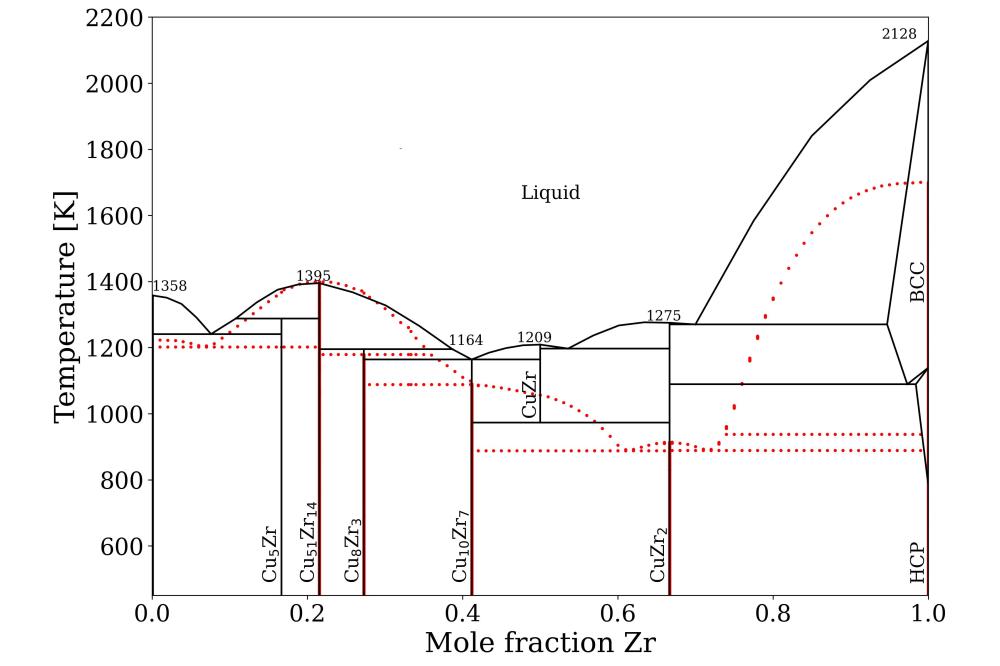
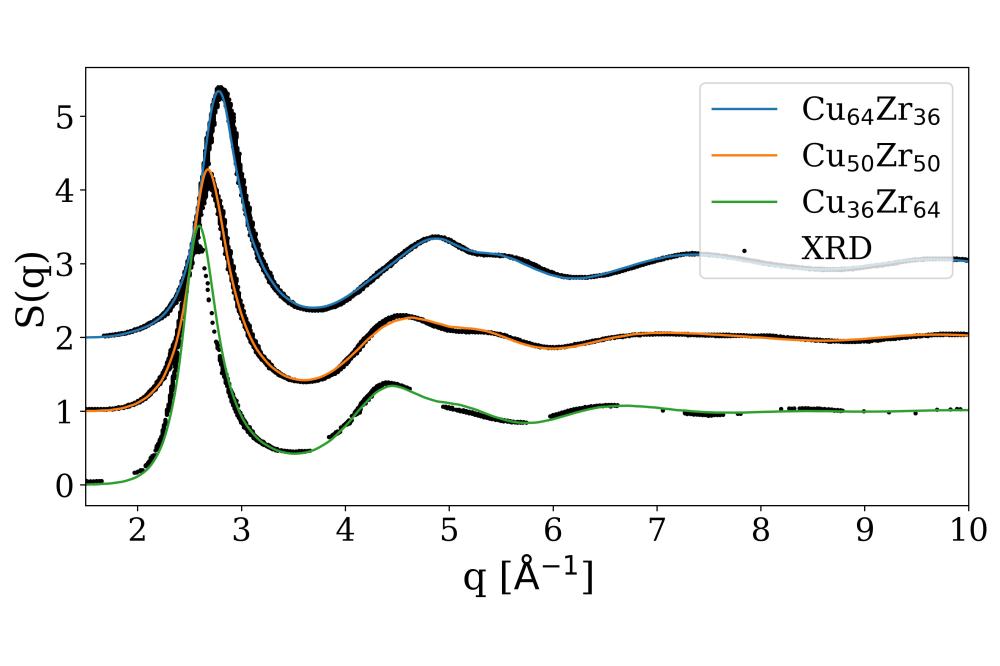
Metallic glasses (MGs) can be produced by quickly quenching alloy melts. They typically show a higher elastic limit and ...
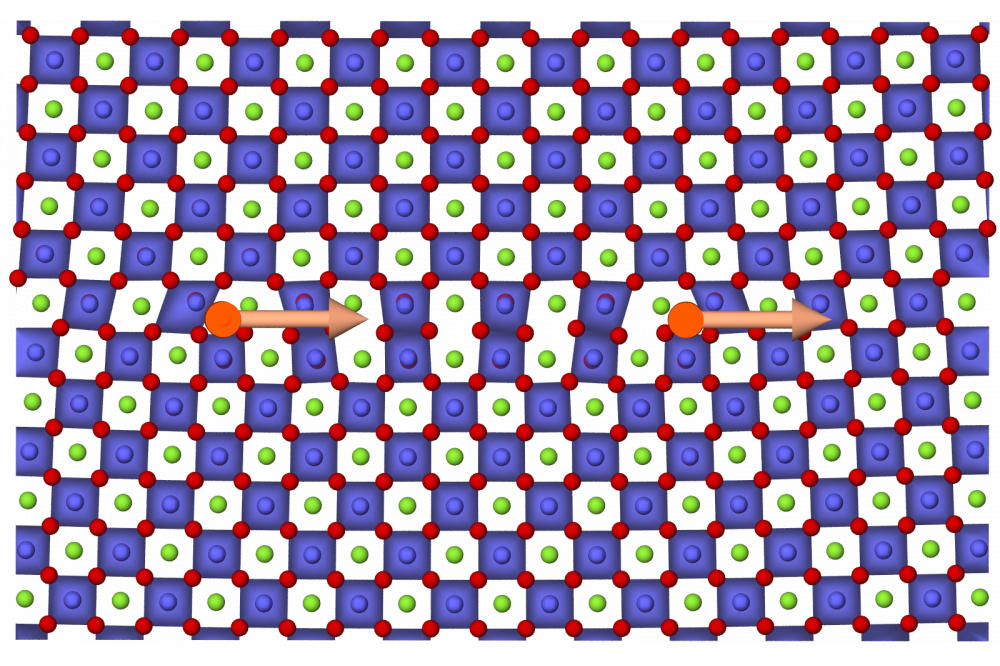
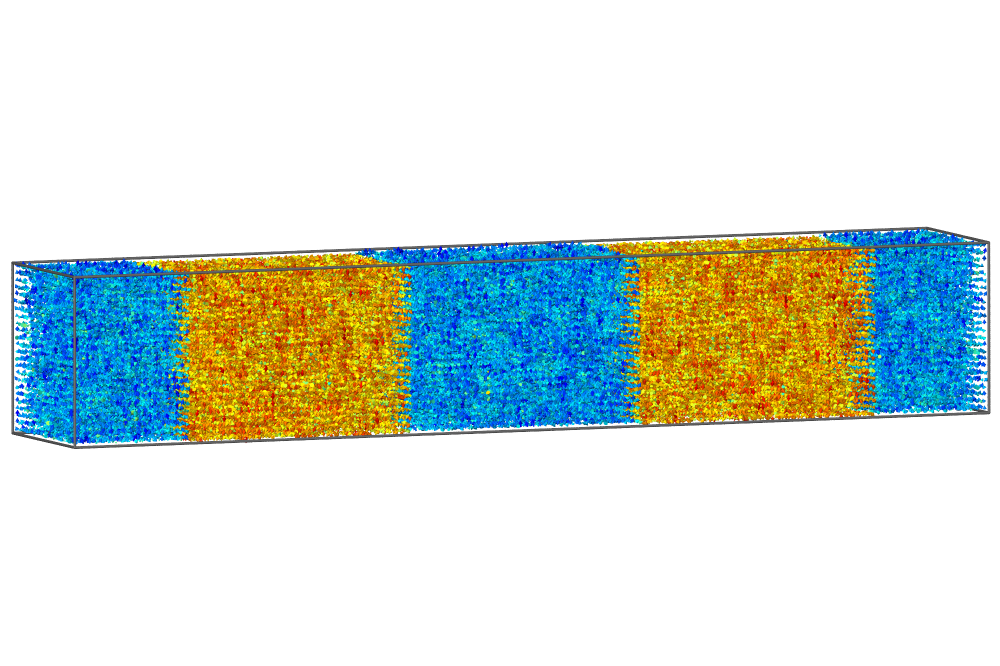
Ferroelectric ceramics with perovskite structure can be used in novel cooling applications based on the electrocaloric ...
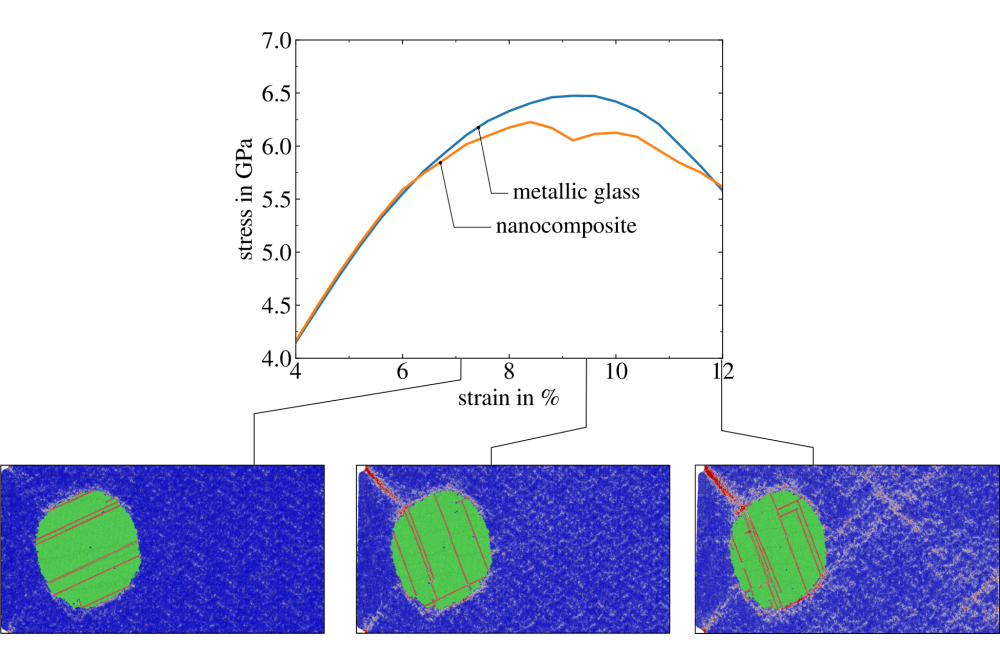
Since their invention in the 1960s, metallic glasses (MGs) gained great attention due to their high strength and elastic ...
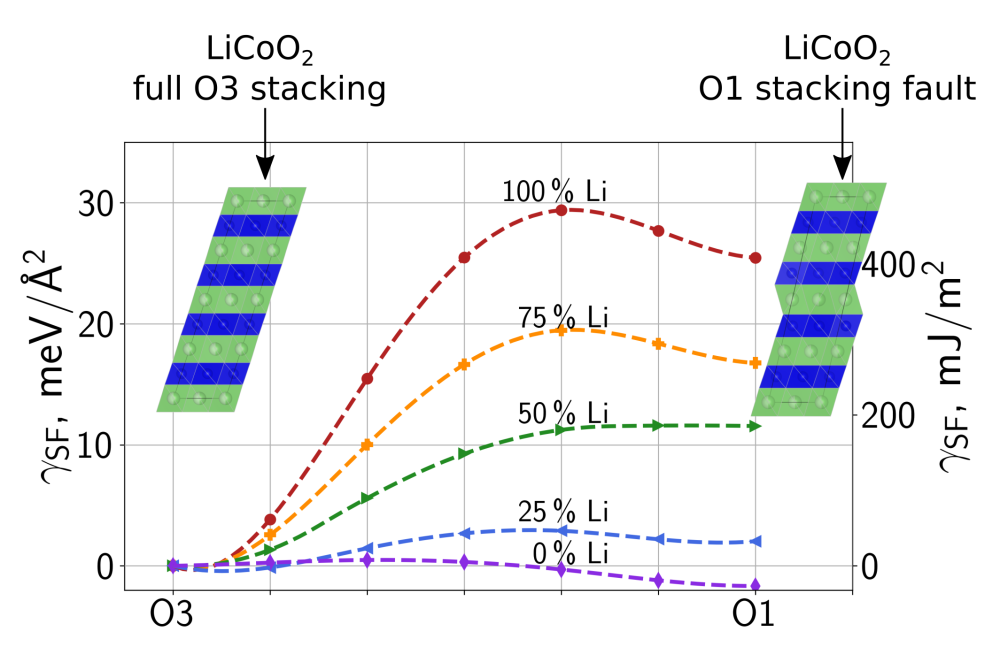
Layered transition metal oxides are employed as cathode materials in high-voltage, rechargeable lithium ion batteries ...
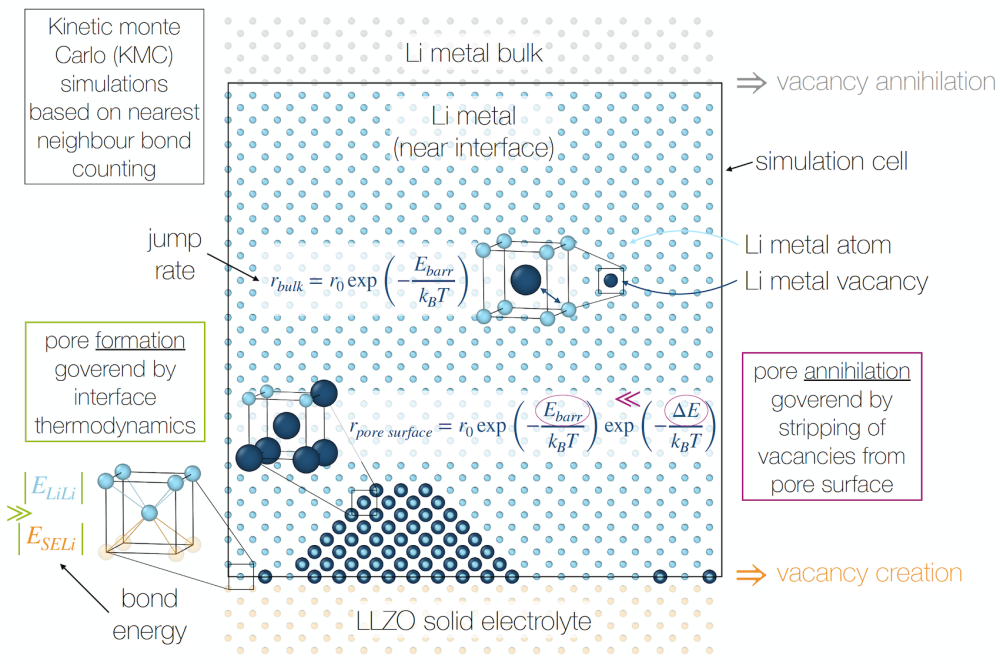
One approach to the realization of safer batteries relies on all solid-state batteries (ASSB) which use a non-flammable ...
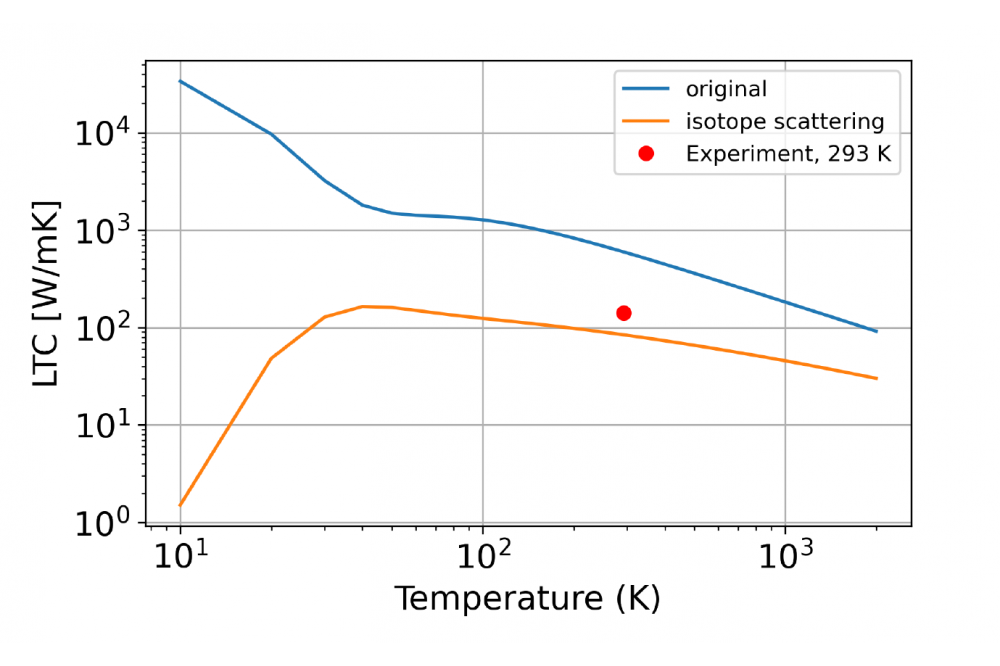
Refractory metal silicide systems like Mo-Si-Ti are expected to be ideal substrates in composite materials for high ...
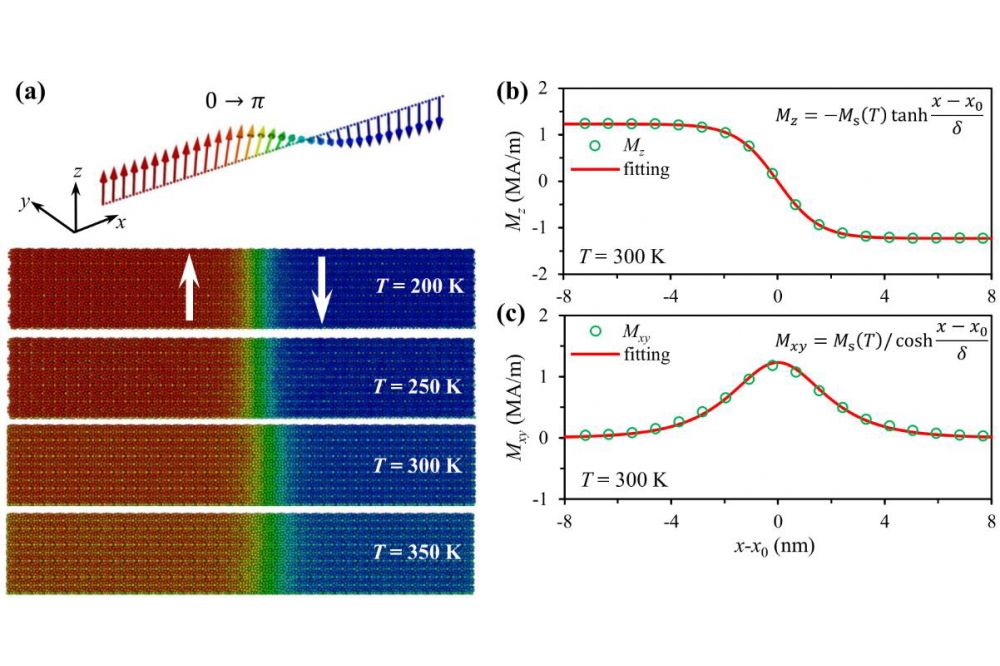
Predicting the temperature dependent properties of magnetic materials is still challenging, which cannot be dealt with ...
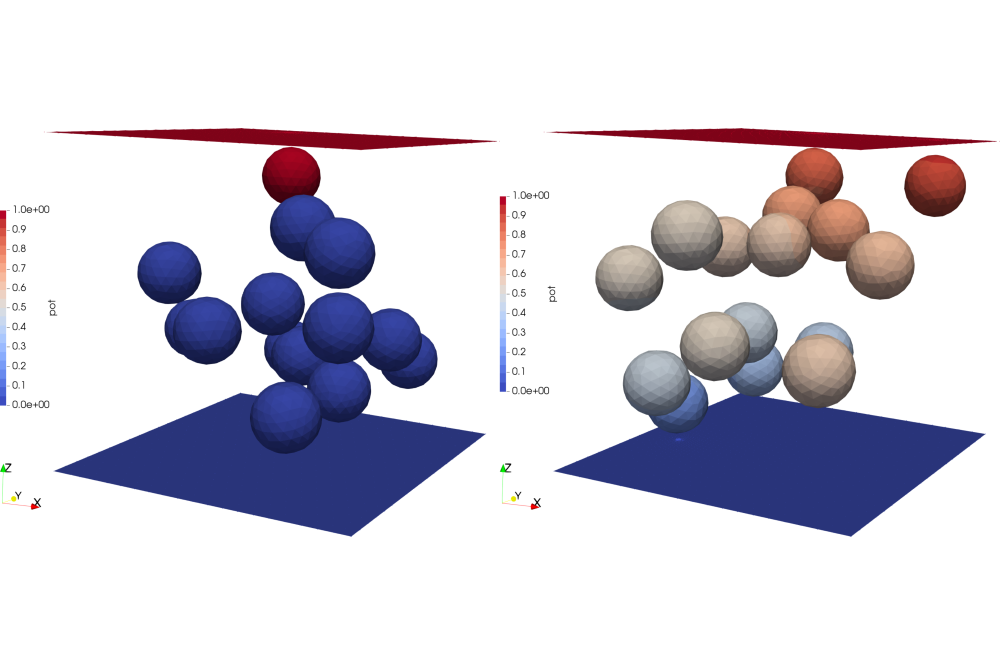
To reduce fuel consumption, the focus in vehicle construction shifts to lightweight constructions based on Mg or Al ...
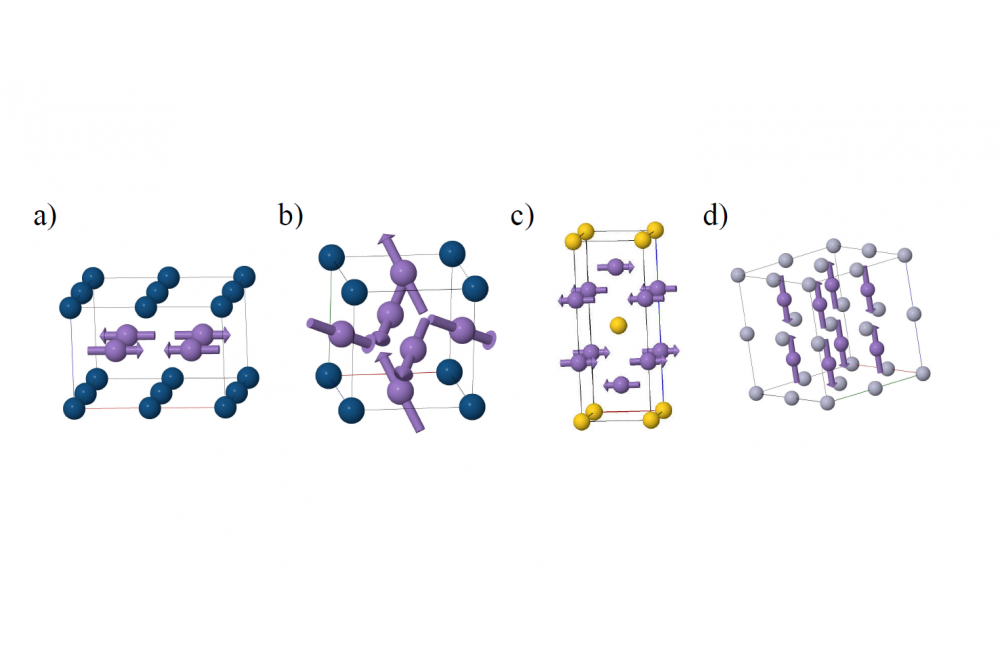
Magnetic materials are key components for energy harvesting and conversion, information technology and sensor ...
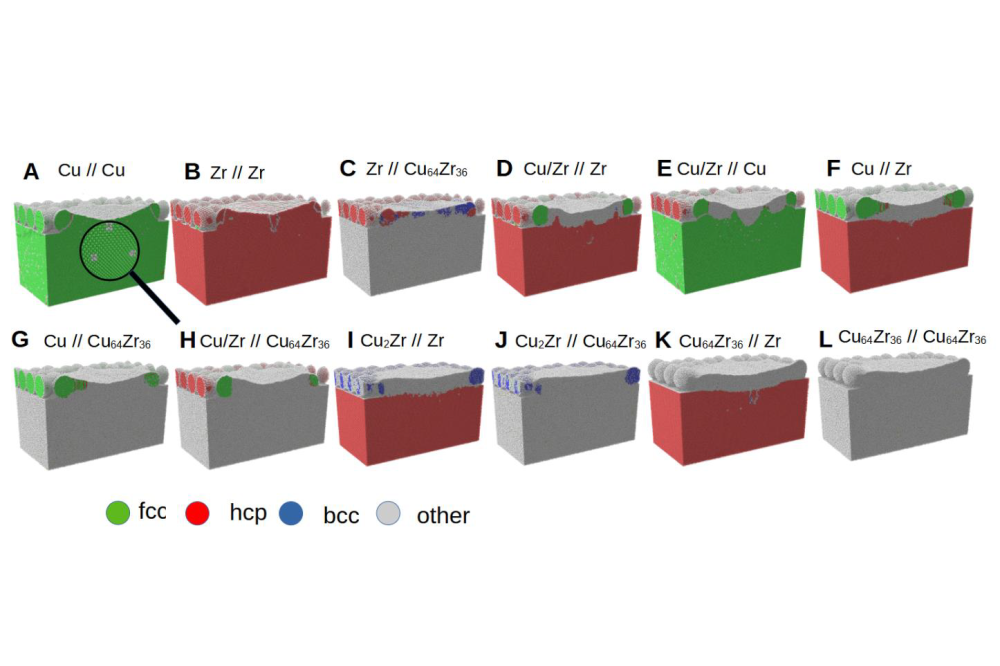
The fabrication of metallic glasses by laser powder melt fusion provides a new way for the synthesis of metallic glasses ...
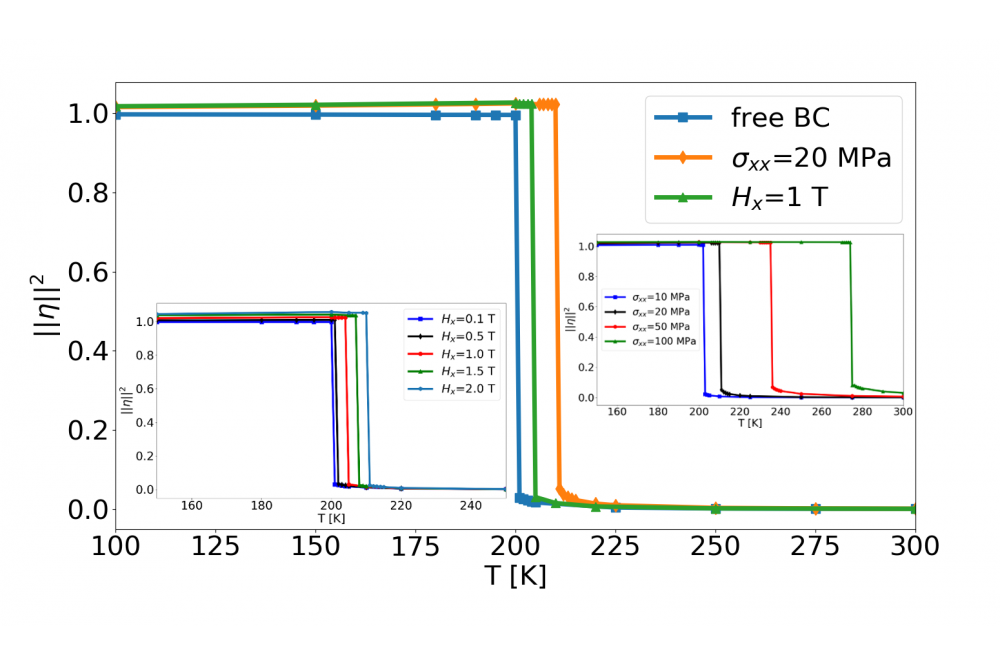
In 2018, Gottschall et al. proposed a multi-stimulit concept for magnetocaloric cooling. [1] The energy consumption ...
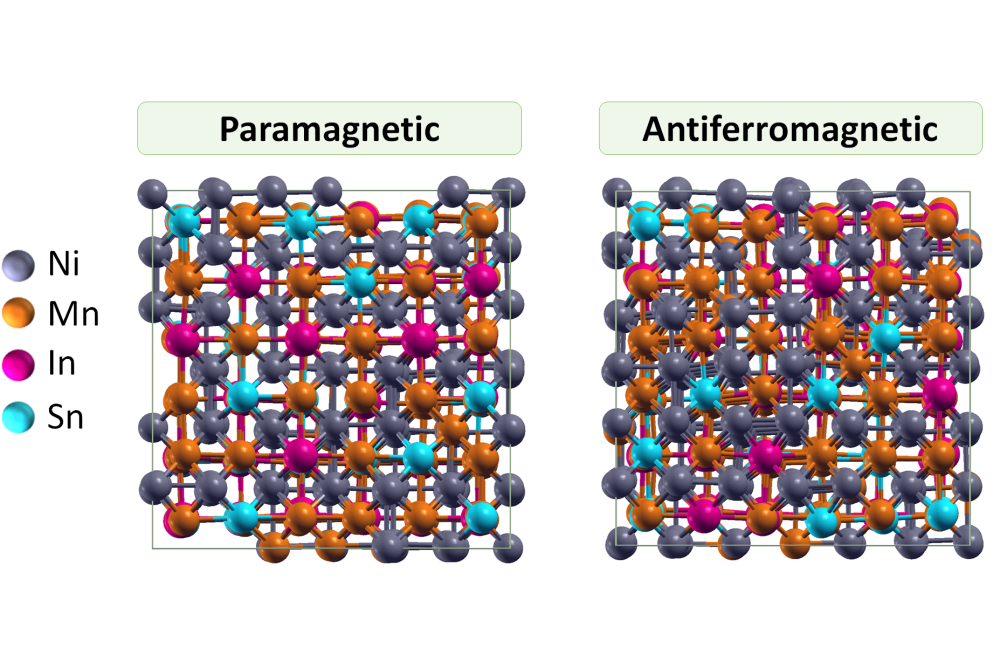
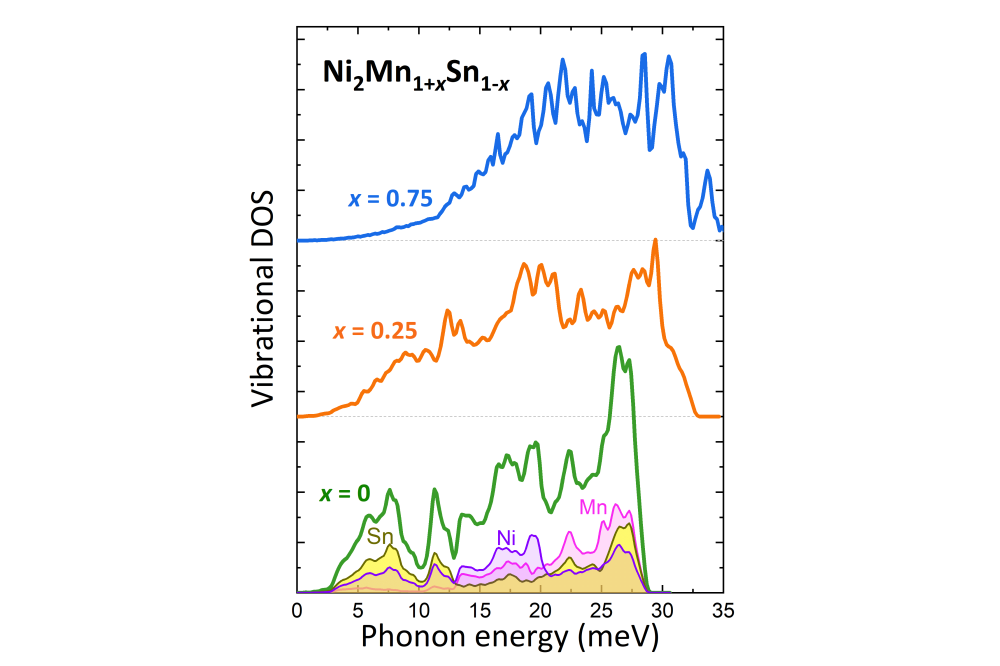
One important aim of modern energy-conserving technologies is magnetic cooling at room temperature. This environmentally ...
We investigate the CrMnFeCoNi (Cantor alloy)[1] high-entropy bulk metallic glass (HE-BMG). HE-BMGs are a new amorphous ...



